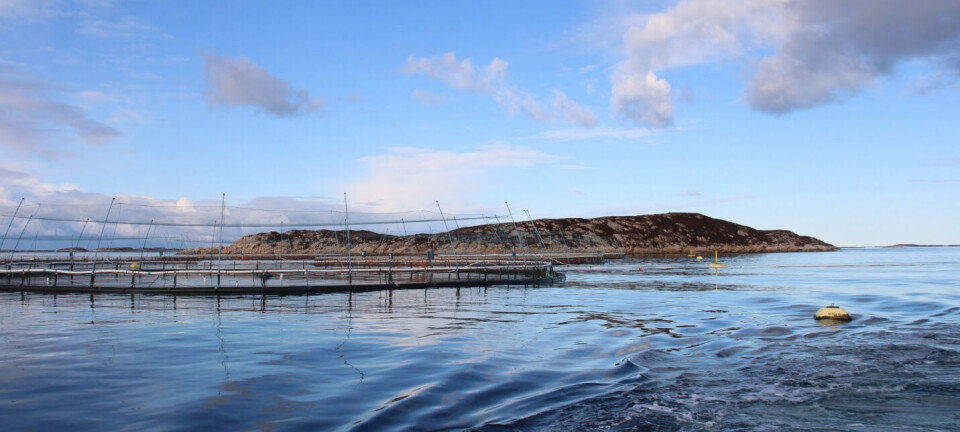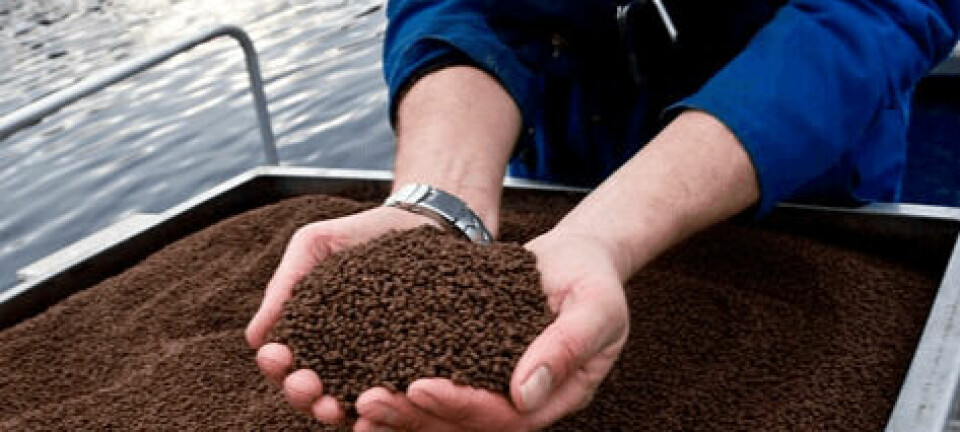
Scotland salmon farmers hope tide is turning after tough summer
Mortalities in 'worst month' are lower than last year as suite of mitigation strategies take effect
Scotland’s salmon farmers are hoping they have begun to reduce fish losses after a summer of exceptionally warm sea temperatures linked to mortalities.
Sector trade body Salmon Scotland said today that preliminary data for September 2023 indicates that monthly survival was above 96.5%, up on the 95.3% recorded in September 2022.
Monthly mortality has been similar or higher than 2022 for most of this year, and reached at 3.61% in August, up from 2.46% in the same month last year.
In August, Scottish Sea Farms announced that it was cutting its harvest estimate for 2023 from 37,000 to 27,000 gutted weight tonnes because of biological problems, and Bakkafrost Scotland warned that its forecast harvest volume of 30,000 gwt could be reduced by 5,000-6,000 gwt for the same reason.
Mitigation measures
The improvement in September’s figures comes after several mitigation measures were adopted by farmers, including oxygenation of the water, improved monitoring, and new feeding strategies.
Farmers such as Bakkafrost Scotland are also stocking larger smolts, so fish spend less time spent in the sea. In Q2 2023, the average weight of smolts stocked in marine pens by Bakkafrost Scotland was 125g, 24% higher than in Q2 2022, and the company is working towards releasing smolts with an average weight of 500g.
Increased knowledge of natural environmental challenges has also helped stem the rise in mortalities.
Last year there was a significant increase in microscopic jellyfish blooms which affected the survival of farmed fish. But while the jellyfish continue to pose challenges, millions of salmon have this year been moved out of harm’s way thanks to improved monitoring and the variety of mitigation measures, Salmon Scotland said.
An El Niño year
September survival rates typically drop to their lowest monthly level because this is when seawater temperatures peak – and this year has seen record temperatures, partly due to El Niño, a naturally occurring climate pattern associated with warming of the ocean surface temperatures in the central and eastern tropical Pacific Ocean that occurs on average every two to seven years.
The warmer sea water in Scotland is not an issue for salmon per se, as it is within their natural range. In fact, seawater temperature increases can encourage growth and allow harvest weight to be reached more quickly, said Salmon Scotland.
But record seawater temperatures do contribute to an increase in naturally occurring organisms which can reduce oxygen levels, and also compromise the health of the salmon in areas such as the west coast of Scotland.
Salmon Scotland said jellyfish and algal blooms have been exacerbated this year as a result of higher temperatures but added that these are not expected to last and seawater temperatures are expected to return to average in 2024.
Proactive and adaptable
Dr Iain Berrill, head of technical at Salmon Scotland, said: “There is no question that 2023 has been a challenging year, but the ongoing hard work by our farmers has provided good conditions for their salmon, despite record-breaking seawater temperatures here in the UK and globally.
“However, while there is always a level of fallen stock in any farming operation, the numbers this year are not where any farmer would want them to be. It is utterly devastating to the farmers caring for those animals when any fish are lost.
“Our ability to address the environmental challenges facing our fish while they spend up to two years in the sea has improved, but there is always more we can do to further improve survival.
“But the sector is resilient in the face of climate change, and we have a track record of being proactive and constantly adapting to environmental challenges.
“Like all food-producing sectors, we must adapt to climate change and the aquaculture sector will continue to lead the world in healthy, sustainable salmon for decades to come."























































